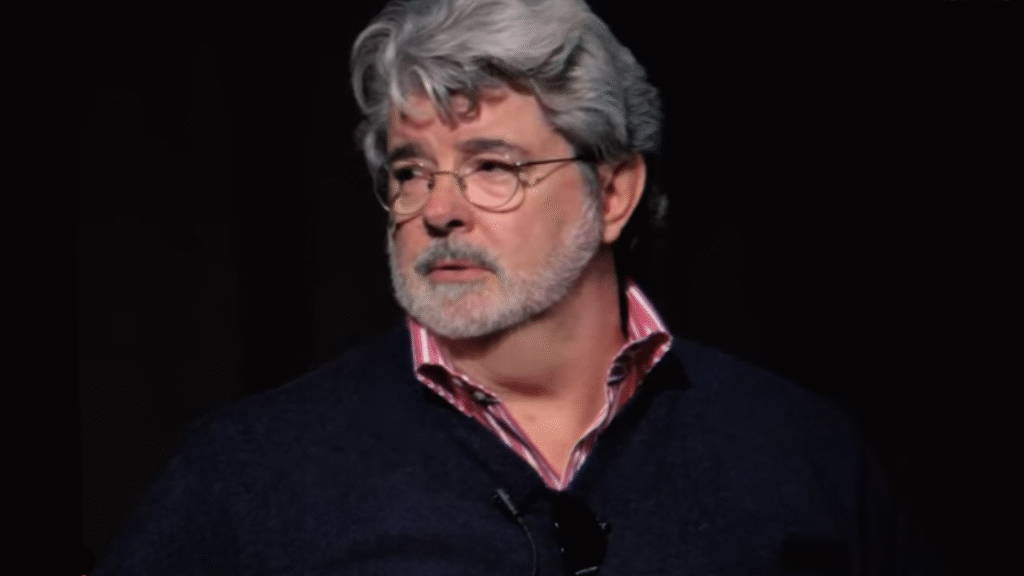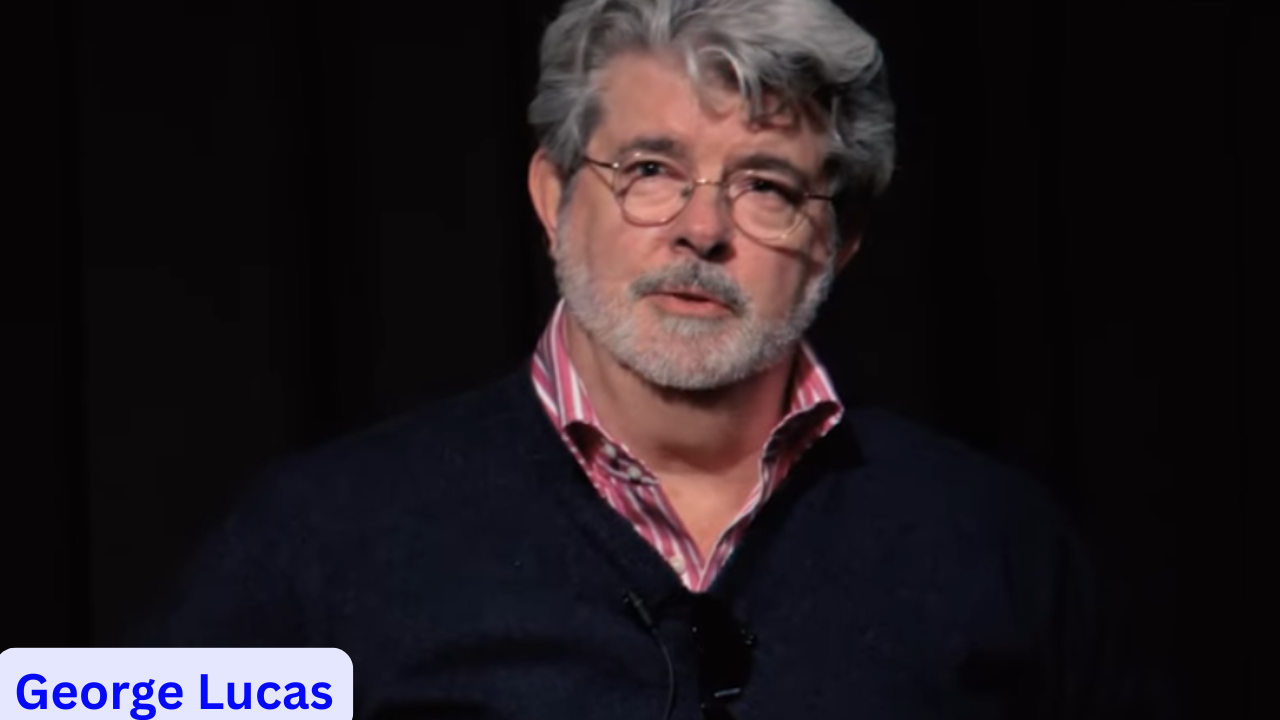Few names are as synonymous with cinematic history and pop culture as George Lucas. Best known for creating Star Wars and Indiana Jones, Lucas isn’t just a filmmaker — he’s a visionary who reshaped Hollywood. But beyond his cultural influence lies a staggering fortune. So just how rich is George Lucas? And what are the key milestones that built his billion-dollar empire?
Table of Contents
Introduction to George Lucas
Who Is George Lucas?
George Walton Lucas Jr. is far more than a legendary director. He’s a storyteller, an entrepreneur, and an innovator whose legacy extends beyond cinema screens. Born on May 14, 1944, in Modesto, California, Lucas grew up fascinated with cars and storytelling. Initially dreaming of becoming a racecar driver, a near-fatal car crash redirected his ambitions. That twist of fate led him to the world of film—a shift that would change not just his life, but the entire entertainment industry.
Lucas is often associated with groundbreaking visual effects, galaxy-spanning storylines, and a relentless pursuit of perfection. His work ethic and creativity have earned him numerous awards and honors, but perhaps most impressively, they’ve earned him billionaire status.
His Journey Into Filmmaking
George Lucas started his filmmaking journey at the University of Southern California’s School of Cinematic Arts, one of the top film schools in the country. He gained early attention with his student film THX 1138, a dystopian story that showcased his directorial skill. Though the full-length version of THX 1138 didn’t perform well at the box office, it set the stage for what was to come.
He quickly rebounded with American Graffiti in 1973. The film, produced on a modest budget, was a massive hit and became one of the most profitable movies of all time relative to its cost. This success gave Lucas the financial clout and credibility to pursue his next big idea: Star Wars.
Early Career and Breakthrough
Lucas’ Academic Background and Early Influences
Lucas was a devoted film student at USC, where he was influenced by European cinema and experimental storytelling techniques. Filmmakers like Akira Kurosawa, Sergei Eisenstein, and Fritz Lang played a massive role in shaping his visual and narrative style. These influences are clearly visible in the epic storytelling and moral conflicts found in Star Wars.
After graduating, Lucas worked as an assistant under Francis Ford Coppola, another rising star of the time. Their friendship and collaboration helped Lucas break into Hollywood. With Coppola’s encouragement, he directed his first feature film THX 1138, a story about a sterile, emotionless future dominated by technology—a theme Lucas would revisit time and again in his later works.
The Making of American Graffiti
Lucas’s second film, American Graffiti, was both a personal project and a strategic move. Set in the early 1960s, it drew heavily from Lucas’s own teenage experiences in Modesto. The nostalgic coming-of-age tale struck a chord with audiences, grossing over $140 million on a budget of just $777,000.
The massive success of American Graffiti gave Lucas not only financial freedom but also credibility in Hollywood. It opened doors that would lead to the birth of one of the most iconic franchises in cinematic history. The royalties and profits from American Graffiti also marked the beginning of Lucas’s serious wealth accumulation.

The Star Wars Phenomenon
Creating a Cinematic Universe
In 1977, Star Wars: Episode IV – A New Hope premiered and cinema was never the same. Lucas created a richly detailed universe with iconic characters like Luke Skywalker, Darth Vader, and Princess Leia. But what truly set the film apart was its scale, special effects, and the mythological backbone inspired by Joseph Campbell’s “The Hero’s Journey.”
Despite skepticism from studios, Lucas believed in the project so much that he struck an unusual deal with 20th Century Fox: he took a lower director’s fee in exchange for full merchandising rights. That decision alone would make him a billionaire.
Star Wars exploded into a global phenomenon. It earned over $775 million worldwide at the time of its release, and subsequent re-releases, sequels, and spin-offs continued to rake in billions. Lucas’s foresight turned a single movie into a lifelong revenue stream.
Merchandising and Licensing Genius
Lucas’s decision to hold onto merchandising rights is arguably the greatest business move in cinematic history. By 2024, Star Wars merchandise—including toys, video games, and collectibles—had generated more than $42 billion in global sales. Lucas earned a substantial cut from nearly all of it.
From action figures and LEGO sets to costumes and board games, the Star Wars brand became a cultural and commercial juggernaut. Lucas’s early insight into the power of branding and merchandise proved revolutionary, making him a pioneer in intellectual property monetization.
This revenue model not only diversified his income but also helped Lucas maintain independence from the traditional Hollywood studio system. His ability to self-fund future projects and innovations stemmed largely from his success in merchandising.
Founding of Lucasfilm and Its Growth
Revolutionizing Special Effects with ILM
To bring his galactic vision to life, Lucas founded Industrial Light & Magic (ILM) in 1975. ILM went on to revolutionize visual effects, becoming the industry gold standard. From Jurassic Park to Harry Potter to the Marvel Cinematic Universe, ILM has contributed to hundreds of blockbusters.
Through ILM, Lucas didn’t just change how movies looked—he changed how they were made. His emphasis on cutting-edge technology set new benchmarks, establishing him as both a creative and technical leader.
ILM remains one of the most respected VFX studios globally and continues to contribute significantly to Lucas’s wealth through its lucrative contracts and partnerships.
Expanding into Gaming with LucasArts
Never one to settle, Lucas also entered the world of video games. In 1982, he founded LucasArts, a gaming company that would develop and publish numerous successful titles like The Secret of Monkey Island, Star Wars: Knights of the Old Republic, and many others.
While LucasArts was eventually absorbed by Disney, it played a pivotal role in expanding the Star Wars universe across platforms, bringing in substantial revenue and helping to cement Lucas’s empire as multi-dimensional—not just confined to cinema.
LucasArts helped bridge the gap between cinema and interactive entertainment, and it opened new streams of income that boosted his net worth further.
The $4 Billion Disney Deal
Selling Lucasfilm to Disney
In 2012, George Lucas shocked the world by selling Lucasfilm Ltd. to The Walt Disney Company for $4.05 billion in cash and stock. The deal included all subsidiaries like ILM and Skywalker Sound, as well as the Star Wars and Indiana Jones franchises.
Lucas received approximately half of the deal in Disney stock, instantly becoming one of Disney’s largest individual shareholders. At the time, that stock was valued at about $2 billion, but as Disney’s value grew, so did Lucas’s wealth.
This single transaction made George Lucas the richest filmmaker in history. Unlike most directors who rely on salaries and bonuses, Lucas leveraged ownership and intellectual property rights to build monumental wealth.
How the Deal Transformed His Net Worth
Before the Disney deal, Lucas was already wealthy thanks to merchandise, movie royalties, and Lucasfilm. But after the sale, his net worth skyrocketed.
As of 2025, George Lucas’s net worth is estimated at approximately $10 billion, making him not only the richest director in the world but also wealthier than most A-list celebrities combined.
What sets Lucas apart isn’t just the scale of his fortune—it’s how he earned it. He built an empire from scratch, retained control of his creations, and reaped the benefits of every licensing deal, toy sold, and spin-off produced.

